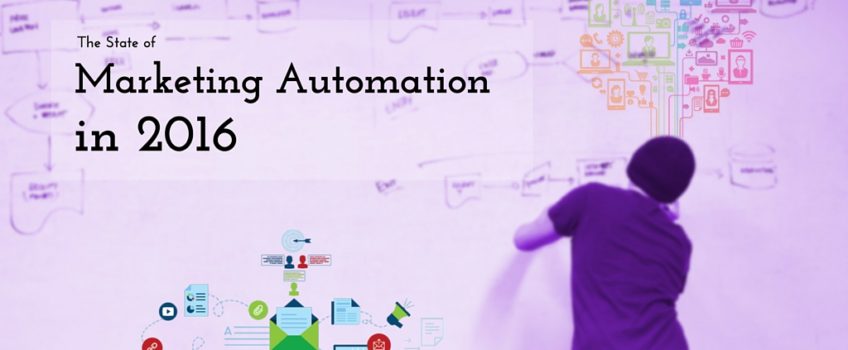
Marketing Automation 2016
Where it is, where it’s going & what people think
In the world of Digital Marketing we often accuse people of chasing ‘shiny things.’ New platforms, software and technologies appear at such a rate that devoting equal time and importance to each of them is an impossible task unless you have a staff of hundreds of people with nothing else to do. Picking the right development to commit time and resources to is a key part of success not only for Digital Marketers but also for the businesses they work for or advise. We all recall how many people thought Social Media Marketing could never compete with PPC. Who thought separate mobile websites would beat Responsive Web Design. Marketing Automation is a technology that has been around for a long time and because of this there are many misconceptions about it.
I won’t go so far as to declare 2016 ‘The Year of Marketing Automation’ but it certainly is the year that a fundamental shift is occurring.
The Report
- Landscape of Marketing Automation
- Beliefs about Marketing & Marketing Automation
- Effects Marketing Automation is already having
- Barriers to entry for Marketing Automation
- What Success with Marketing Automation looks like
- Recommendations for Marketing Automation companies
- Recommendations for Businesses considering Marketing Automation
Landscape
The penetration of Marketing Automation remains well below other Digital Marketing Technologies however it’s growth rate is beginning to speed quite significantly. When ‘average businesses’ were surveyed just 39% of them said they were using a Marketing Automation suite. However when a selection of Marketing Influencers were surveyed 71% of them said they were currently using Marketing Automation to some extent and a further 23% said they were planning to begin using it in some fashion in the near future.

For the last 4 years the Marketing Automation industry as a whole has increased it’s year-on-year revenue by 50%, bringing it to in excess of $2 billion.
What gives Marketing Automation a relatively unique position in terms of Digital Marketing Technologies is that there is not monolithic market leader. Though there are doubtless names that everyone associates with the phrase ‘Marketing Automation’ it is a battlefield with over 27 notable different suites available on the commercial market. While HubSpot may seem like the largest due to their impressive marketing they are used only by a certain segment and are facing increasing competition. Large businesses with complicated requirement are more likely to use Marketo which allow for more sophisticated requirements. Smaller businesses are beginning to move away from HubSpot to platforms with more flexible pricing models or more open API. Because the market is not dominated by any single platform we are seeing innovation and development of Marketing Automation platforms at a break-neck pace. Paired with this are more and more affordable offerings as the various players compete with one another.
An indicator of this increasing competition and the increasing awareness of Marketing Automation are the insights we’ve found looking at Google Trends search data. Whilst overall searches for ‘Marketing Automation’ have increased by over 50% searches for the leading Marketing Automation suites have either held steady or declined.
Most businesses that aren’t yet using Marketing Automation are using a blend of other Digital Marketing Technologies in an attempt to emulate what a Marketing Automation suite can do with ease. Until very recently the complexity and cost of Marketing Automation made this a sensible choice for SMEs. In 2016 this has changed and for the first time there are options available to SMEs that are affordable enough that they present a real value prospect.
Beliefs
Despite the slow uptake so far 76% of marketers believe that Marketing Automation is ‘Very Important’ to overall marketing success. The average B2B Marketer estimates that just 68% of their customers are satisfied and the belief that Marketing Departments could do a better job is consistently listed as a top answer when businesses owners and board directors are surveyed.
When asked what the biggest obstacles that stopped them from achieving their objectives in 2015 marketers said;
- 95% said lack of access to existing customer data
- 83% said fragmented marketing platforms & systems
- 73% said lack of internal expertise & skills
- 58% said inefficient internal processes
The majority of businesses still report seeing Lead Generation as the primary goal of Marketing Automation however this is changing with an increasing portion of businesses now listing Lead Nurturing as the primary goal or use of Marketing Automation. 90% of B2B marketers report spending roughly two thirds of their time and budget on acquisition efforts. Only a tiny fraction give any significant time or budget allocation for nurturing customers and clients.
Common beliefs about the prohibitive complexity and cost of Marketing Automation persist though with decreased frequency when compared to 2014.
Effects
Despite 64% of marketers admitting they don’t fully ultilise their Marketing Automation software the effects of Marketing Automation are already being felt across the Digital Marketing landscape.
Marketing Automation is enhancing the accuracy of Ads to previously unseen levels. To facilitate integration between Marketing Automation platforms and Display Ad networks the two have been aggressively working together along with Data Management Platforms over the past year. Utilising 1st, 2nd and 3rd party data together allows for incredibly specific ad targeting that traditional Retargeting cannot achieve. A side effect of this is that overall Ad Spend as a percentage of revenue has decreased for the majority of businesses that have implemented Marketing Automation.
Predictive Analytics is the broad term used for what we colloquially call Lead Scoring and Personalisation in Marketing Automation. Collecting and analysing data on the characteristics and behaviours of all contacts and prospects as standard allows businesses to deliver a highly personalised marketing experiences. For those already using Marketing Automation this is great. An explosion in the amount of integrations available for various Marketing Automation, Social Media and Analytics platforms commonly used is making it easier than ever for marketers to achieve full-spectrum analytics capabilities.
This is in turn has lead to customers/prospects expecting an increase in quality not only of general Content Marketing but also the whole Lead Nurturing process. Whereas in 2014/15 it may have been enough to simply be engaged in Lead Nurturing now ‘just doing it’ is losing it’s effectiveness. As Lead Nurturing via Marketing Automation is becoming more commonplace it is imperative that it is data driven and provides value to the contact. When a lead is properly nurtured they make purchases 20-40% larger than an un-nurtured lead. With this in mind it’s no surprise 51% of B2B businesses intend to increase their Content Marketing budget through 2016.
Barriers
One of the key barriers to the entry of Marketing Automation is outdated thinking by both marketing departments and board level executives alike. For those that see Marketing Automation primarily as a Lead Generation tool many don’t understand the cost and complexity of the technology. When Marketing and Sales aren’t aligned the quality of leads, their nurturing and the the measurement of end-to-end value aren’t given proper attention.
Despite it’s name Marketing Automation is a technology that is equally useful to both Sales and Marketing. To highlight this traditional Key Performance Indicators (KPIs) must be looked at and changed. Rather than measuring the number of leads generated and sales closed it is far more useful to measure end-to-end value, lifetime value and lead behavior. All of these are very difficult to measure without a fully integrated analytics suite, luckily most Marketing Automation platforms are sold with the capability to do just this! Businesses using a blend of other Digital Marketing Technologies lack the ability to access these kind of full-spectrum analytics and as such cannot use data-driven insights to improve their marketing on a daily basis.
The most common listed issues stopping businesses beginning Marketing Automation remain the same as last year;
- Cost
- Complexity of System / Lack of Employee Expertise
- Lack of Clear Strategy / Lack of Accountability
Success
Success with Marketing Automation has some key factors. When analysing a selection of businesses some of whom use Marketing Automation and some who don’t we’ve picked out these common practices and objectives.
Top Performers are 20% more likely to be using Marketing Automation.
Top Performers are far more likely to report to report viewing their sales process as ‘end-to-end’ insofar as though there may be a divide between Sales & Marketing the process and report is continuous and contained within a single or integrated systems. Top Performers spend 32% less time and 15% less budget on Awareness & Acquisition when compared to the average. This time and money saved is most frequently funneled into post-sale retention and general expansion budgets.
Of the 91% of businesses that report that they have achieved success toward their marketing goals with Marketing Automation a common them is ownership of the Marketing Automation process. Whilst CMS and CRM are often seen as nebulous systems sitting somewhere between the whole Marketing Department and IT this kind of attitude doesn’t translate to success with Marketing Automation. Marketing Automation works best when a small team or even single person takes responsibility and accountability for it. This requires dedicated staff and resources.
Alongside this policy of commitment and accountability we have also observed a culture of peer-learning. Onboarding can be a a difficult process for many businesses. By having a small team take accountability for Marketing Automation is ensures they will all have the time necessary to dedicate to becoming adept with both the particular Marketing Automation suite and the theory of Marketing Automation in general. This core team can then support others through any learning required around Marketing Automation. They will also be responsible for developing and refining the processes and procedures associated with getting your Marketing Automation up and running.
RECOMMENDATIONS for Marketing Automation Platforms
Onboarding continues to be an area that tops the list for possible improvements or any Marketing Automation suite. 56% of Marketing Automation users said they felt that the initial set-up and implementation of their Marketing Automation suite was a significant challenge. 63% said they felt they had to outsource some elements of their Marketing Automation during the first 6 months and 11% said they felt they had no choice but to hire in an Onboarding Specialist. Most Marketing Automation suites come with some form of online ‘Academy’ to facilitate onboarding and many will provide a dedicated onboarding manager for a set period of time. It’s important to both seek feedback and listen to it in order to continually improve the process.
The balance between Marketing, Platform Development and User Support is a difficult one to strike. With there currently being no single giant leading the market it is tempting to funnel a large portion of revenue into marketing efforts. HubSpot is an example of a large portion of revenue going into marketing and it has been highly effective in getting prospects to sign-up to their platform.
However whichever platform is picked 38% of users will seriously consider changing platforms within the first year. Just as success with Marketing Automation shifts focus to Lifetime Value rather than Lead Gen, success for a Marketing Automation platform should focus on retention not capture. The highest growth rates and retention rates are found not with the recognised big names but the smaller niche and emerging platforms. This indicates that there are 3 key factors in growing and retaining User Base for Marketing Automation platforms;
- Strong support culture continuing post-sale and after the onboarding phase
- Healthy and mutually beneficial relationships with Agencies/Re-sellers
- Continuing platform development – Listening to feedback
RECOMMENDATIONS FOR Businesses
Picking the correct platform is critical to the success of Marketing Automation for your business. With so many options out there it is important to consider exactly what your requirements and constraints are. Each platform has slightly different quirks and abilities. Costs, contract lengths and Ease of Use vary wildly. Many businesses who have not found success or significant value with one platform have after switching to another. Perhaps the most important bit of advice on this subject goes without saying, seek information outside of any particular platforms Sales Reps and Blog!
Marketing Automation is a just a tool, an incredibly powerful one but still just a tool. For it to be successful it requires a strategy behind it and for the expectations of success to be set realistically. 71% of marketers using Marketing Automation said they expected to see the benefits of the technology around the 6 month mark or later. This means 29% expected to see significant benefits less than 6 months from starting Marketing Automation. Whilst it can happen it is not a realistic expectation, Marketing Automation takes time to learn and longer to perfect. It relies on constant learning and improving. This does not happen overnight and this must be understood by all stake holder involved. 48% of marketers reported that they would have been better able to implement and use Marketing Automation with more support from C-suite level.
A clear strategy is required in order for benchmarking, goal setting and resource allocation to take place. An attempt to automate everything at once is going to fail. A lack of defined direction and goals will lead to and overwhelmed team, underwhelmed stakeholders and an underutilised Marketing Automation suite. Part of this strategy is developing the correct KPIs and understanding where changes in traditional departmental structure may have to take place. If you continue to measure success on nothing more than Leads Generated and Sales Made then you’ll be hamstringing your own efforts from the start.
In order for Marketing Automation to be successful it requires commitment. That commitment brings great rewards. Businesses with dedicated Marketing Automation staff produced over 400% more leads than those that tried to spread Marketing Automation implementation among existing staff and workloads.
- 52% of businesses listed a lack of clear and effective strategy as a barrier to their Marketing Automation success
- 55% of B2B firms listed a lack of accountability for process changes and improvement as a barrier to the success of new marketing initiatives in general
Lack of internal skills and expertise is regarded as a key problem to the implementation and success of Marketing Automation by 32% of Marketing Influences, 73% of Business Leaders and 61% of marketers. Dedicating staff to the task means they can take full advantage of the initial onboarding offered by the platform seller which often includes an account Onboarding Specialist for a set period of time post-sale. These staff will have the time and motivation to become adept at using all aspects of the platform and applying the theory that goes with it. Moving forward this reduces the need to outsource or hire in outside help when it comes to training more staff or integrating aspects of you Marketing Automation platform into other departments.
With that said it can be highly beneficial to ustilise the skills of a Consultant or Agency with Marketing Automation experience to kick-start your efforts. No amount of online seminars or email exchanges can substitute sitting in a room for 3 hours with stakeholders and an expert to really ensure a broad strategy, set of goals and full understanding of the process is achieved!
Related Post
Effective Facebook Marketing...
With over 600 million users, Facebook represents the single most connected platform on...
- March 1, 2011
- By Nadine Thomas
- Latest Online Trends
Monitor, Influence and Lead...
Get Actively Involved in the Outcome of Search Results Don’t take negative publicity...
- April 28, 2011
- By Rob Thomas
- ORM
Free Online Reputation...
Listen to What’s Being Said About You Online (Free online reputation monitoring...
- May 5, 2011
- By Rob Thomas
- ORM
Top Tips for Product Page...
As the internet evolves and user expectation becomes increasingly sophisticated, creating...
- May 31, 2011
- By Rob Thomas
- e-Commerce
How To Drive Sales With...
Landing pages have long been the primary tool of the web-savvy marketer. Whether the...
- June 12, 2011
- By Nadine Thomas
- e-Commerce
Top Tips for Product Page...
Your website marketing activities are geared to getting a qualified audience to your...
- June 14, 2011
- By Rob Thomas
- e-Commerce

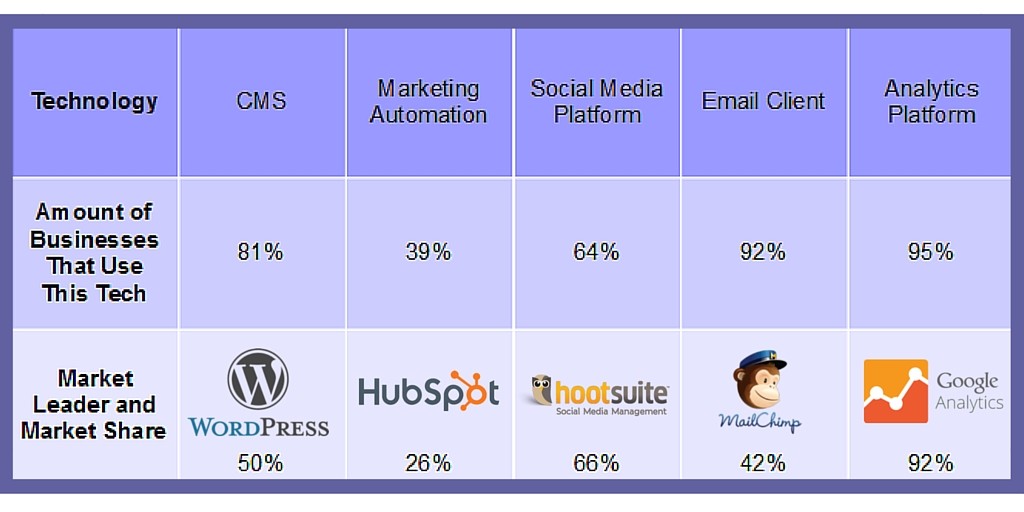
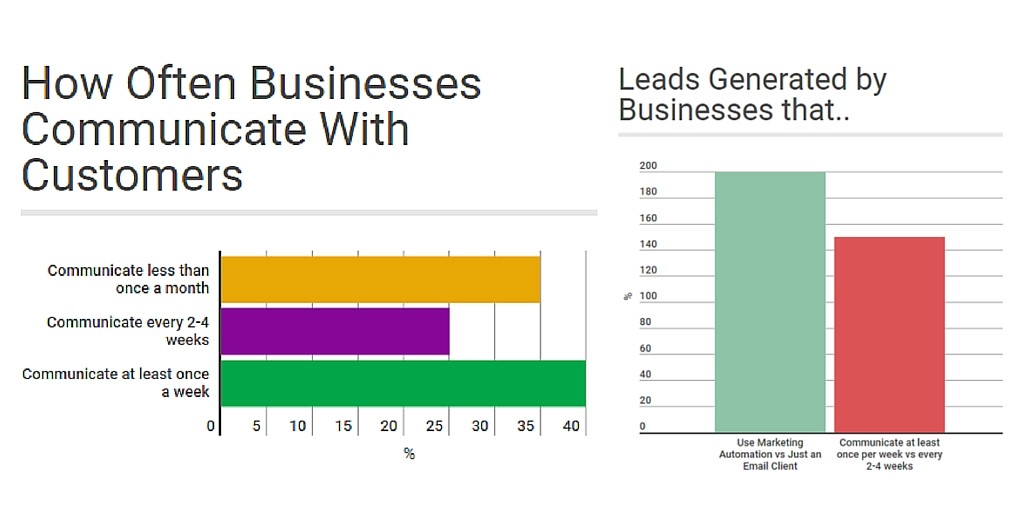
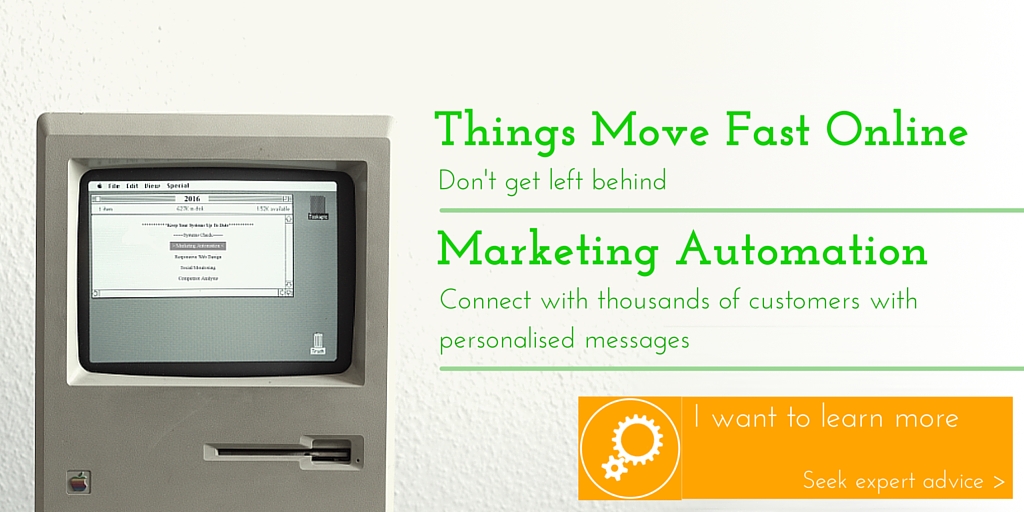
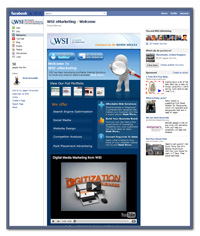
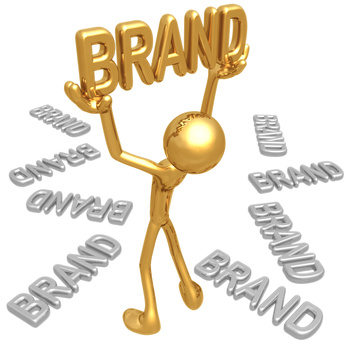

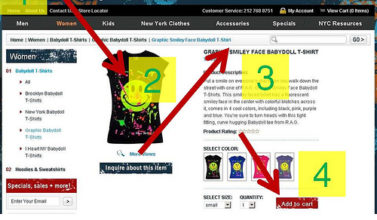
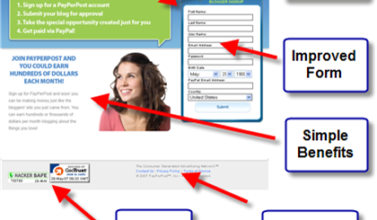
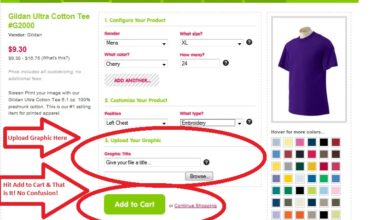




[…] and implement winning strategies! If you are looking for ways to multiply your effectiveness then Marketing Automation is for you. Give me a call to see how it can work for […]